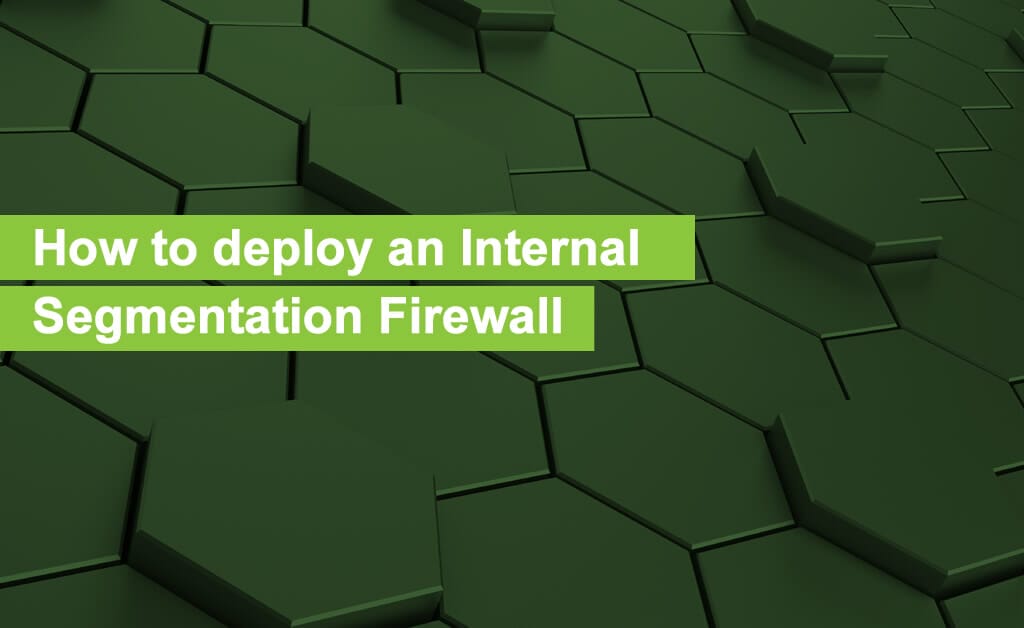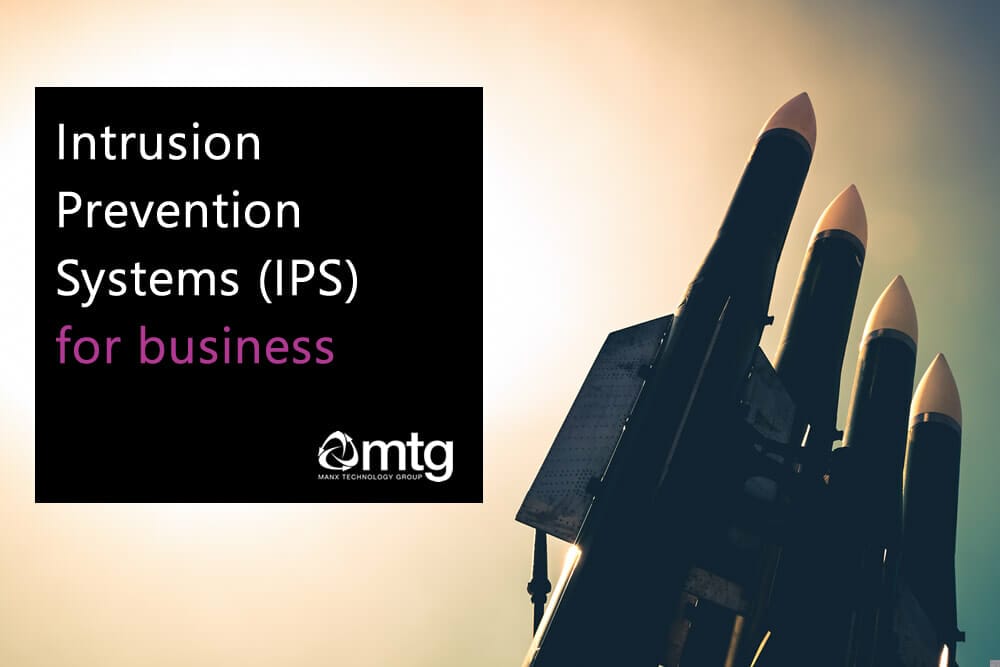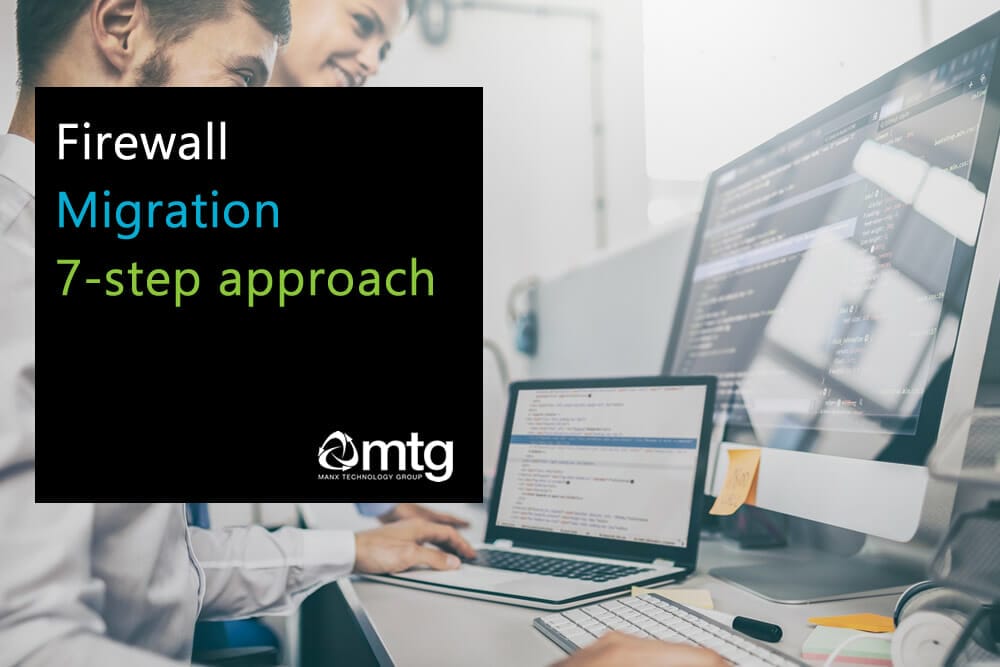Most people will be familiar with ‘Find my iPhone’ or the Android ‘Find my Device’ – so you understand the concept of GPS tracking. A common question that we are asked is how IoT Asset tracking is different from the technology that you have on your phone? Although there are similarities, asset-tracking is a more specialist application with different requirements. In this article, we will describe some of the features and capabilities of IoT asset tracking with LoRa and 4G technology.
The primary purpose of GPS asset tracking is, as the name suggests, to find out where your assets are (or have been). When we talk about assets; this may include dynamic vehicle and people, or relatively static objects such as trailers, machinery, skips, generators or water bowsers. For this blog post, we will be focusing on the latter category of asset tracking – where real-time information is not a requirement.
How does it work?
GPS
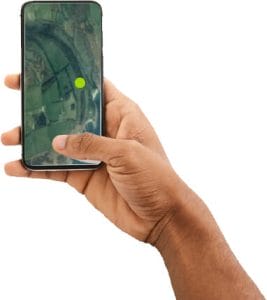 Each tracker features a GPS receiver, that is used to pinpoint the exact location of the device. The GPS coordinates, combined with other measurements such as temperature, battery level, humidity and movement – are then transmitted back to a secure cloud service. The current and historic location of your assets is then visualised online.
Each tracker features a GPS receiver, that is used to pinpoint the exact location of the device. The GPS coordinates, combined with other measurements such as temperature, battery level, humidity and movement – are then transmitted back to a secure cloud service. The current and historic location of your assets is then visualised online.
Radio – 4G
The trackers support a variety of radios for communication, but the most common types include 3G, 4G and LoRa.
3G/4G are commonplace in most markets, and there are very few locations where there is no mobile signal. A more popular alternative is the use of LoRa wireless technology. Unlike 3G/4G technologies; LoRa uses comparatively far less power – an essential feature for asset tracking.
For applications requiring national coverage – the trackers can be combined with a Strongest Signal SIM – which can then roam onto any available network, to maximise coverage.
Radio – LoRa
When using a LoRa network; trackers can work for years on AA batteries – transmitting their data back to the cloud platform. If LoRa is not available, the system happily works on 3G – but it is essential to manage reporting intervals to maximise battery life.
Cloud Platform
Once the data has been transmitted back to the cloud platform; the status, location and history of the asset can be viewed online.
Features
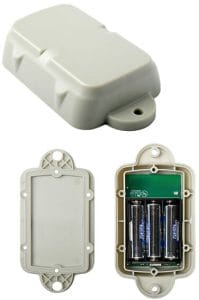
When trying to explain the difference between industrial-grade asset tracking and that of your iPhone – the simplest way is to highlight the critical features of an IoT solution.
Features can be categorised into device features and platform features.
Device Features
- Suitable for extreme environments. IP67, waterproof and dustproof.
- Ultra-long battery life. 4-10 years can be achieved, depending on the configuration.
- Devices can also monitor uptime, speed and temperature of the invention.
- Accelerometers and magnets can be used to detect subtle movements or tamper attempts.
- High G-Force events enable you to identify assets that have been dropped or involved in accidents.
Platform Features
- Create geo-fences and boundaries that trigger alerts when the asset is moved outside of its operating area or hours.
- View historical movements and measurements relating to the device.
- Monitor the status and battery levels of devices.
- Custom reporting allows you to incorporate a range of different measurements and metrics, including the status of the tracker or monitored device.
- Online dashboard for asset location and reporting.
Use Cases
Plant Hire Companies
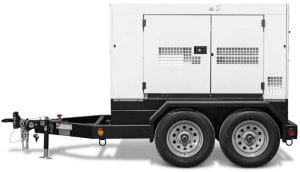
Plant hire companies can attach trackers to their plant (i.e. generators, diggers) – and the system can report back their location regularly. In the event, the asset is moved away from the customer site or goes offline – an alert can be triggered. As the trackers are designed to operate in harsh environments, they can withstand typical industrial or building site environments – and can be installed in a manner that limits damage.
The upside for plant operators is the ability to integrate GPS and location information with their existing internal systems. This information can be used to optimise operations and safeguard the business against losses.
Skip Companies
Companies that hire out skips can also benefit from the technology. An online dashboard interface can visualise the exact location of all the skips in use.
Government Departments and Councils
Similar to industry, Government departments and councils can keep track of key assets. Using technology such as LoRa, there are extremely low operating costs and excellent coverage. Departments can track plant equipment, diggers, railway equipment, trailers and any other asset used by the body.
Portable Offices and Containers
Similar to the example of skips; offices and containers can be tracked in the same manner.
Livestock
There are many examples of asset trackers being attached to valued livestock or animals in a humane, non-disruptive manner for conservation, monitoring or optimisation. With our trackers weighing in at as little as 150G – this is insignificant for many types of livestock.
Requirements
For 3G/4G tracking, the conditions are straight forward:
- An asset to track.
- Battery-powered 3G/4G asset tracker.
- Define the polling interval (i.e. every hour, every day).
- Mobile network coverage.
- Cloud platform.
LoRa is similar, but requires a functional LoRa network:
- An asset to track.
- Battery-powered LoRa asset tracker.
- Define the polling interval (i.e. every hour, every day).
- Access to a functional LoRa network.
- Cloud platform.
LoRa is a bit more involved as you may not have access to a LoRa network. LoRa is growing in popularity, with places like Scotland now featuring a national system.
Solution Highlights
- Partnered with the world-leading vendor of battery-powered, GPS, 3G, 4G and LoRa asset trackers.
- Devices are used in over 100 countries around the world.
- Innovative device range is suitable for a wide range of applications.
- Complete solution: hardware, networks, asset tracking and integration services.
Summary
This post was designed to be a basic introduction to IoT asset tracking and to highlight the difference between solutions for consumers, and those used by industry. When it comes to the device, the extremely long battery life, high levels of reliability and the ability to withstand harsh environments are key differentiators.
Any asset tracking solution should also be accompanied by a comprehensive, easy to use online portal that can be used by stakeholders in the business to monitor their assets. The gateway may support geolocating, geo-fencing, a record of assets and integration with third-party systems.
Learn more
If you would like to learn more about our range of 3G, 4G and LoRa asset tracking solutions – please get in touch. You can e-mail sales@mtg.im, call +44 1624 777837 or submit our request a quote form.

